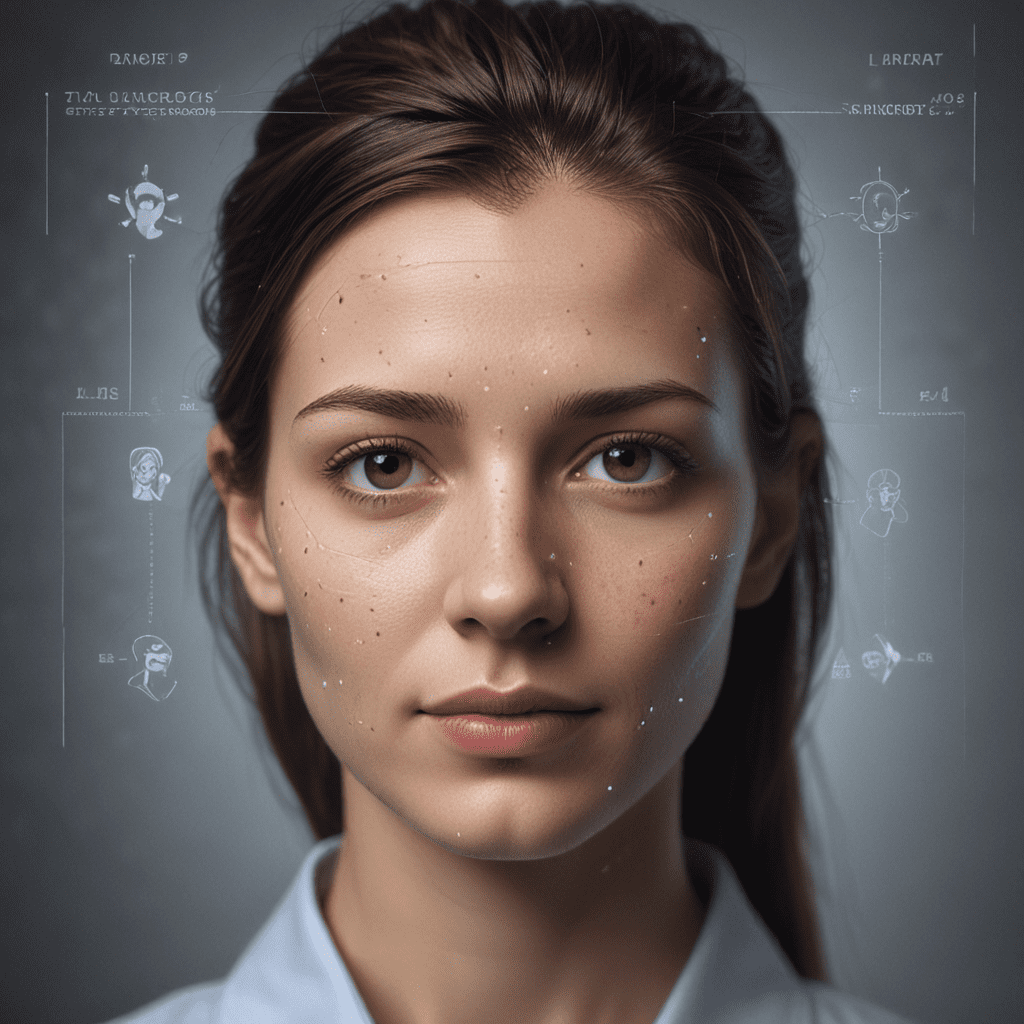
Facial Recognition Technology: Enhancing User Security in Mobile Devices
I. Introduction
In today's digital age, the security of our personal devices is paramount. Mobile devices, in particular, store sensitive information such as financial data, personal communications, and confidential work-related documents. Traditional security measures like passwords and PINs, while useful, have limitations and can be easily compromised. Facial recognition technology has emerged as a promising solution, offering enhanced security and convenience for mobile users.
II. How Facial Recognition Works
Facial recognition technology captures and analyzes facial features to create a unique template. This template is then used to match subsequent facial scans, enabling the device to identify and authenticate the user. The process involves:
- Capture: The device's camera captures a facial image.
- Analysis: Advanced algorithms extract and analyze facial features, such as the distance between the eyes, shape of the nose, and contours of the face.
- Template Creation: The analyzed features are combined to create a unique facial template.
- Matching: When the user attempts to unlock the device, the facial scan is matched against the stored template. If the match is successful, the device is unlocked.
III. Benefits of Facial Recognition Technology
Facial recognition technology offers numerous benefits for mobile device users:
- Enhanced Security: Compared to passwords and PINs, facial recognition is inherently more secure as it relies on unique physical characteristics that are difficult to replicate.
- Convenience: Facial recognition eliminates the need to remember and type in complex passwords, making device access faster and more convenient.
- Improved User Experience: Facial recognition provides a seamless and intuitive user experience, reducing the frustration associated with traditional security measures.
- Reduced Password Fatigue: Facial recognition can significantly reduce the number of passwords users need to remember, minimizing the risk of password fatigue and compromised accounts.
IV. Challenges in Implementing Facial Recognition
While facial recognition technology offers significant benefits, it also poses certain challenges that need to be addressed:
- Privacy Concerns: Facial recognition raises privacy concerns as it involves the collection and storage of sensitive biometric data.
- Accuracy and Reliability Issues: The accuracy and reliability of facial recognition systems can be affected by factors such as lighting conditions, facial expressions, and aging.
- Device Compatibility: Implementing facial recognition technology requires compatible hardware and software, which may not be available on all devices.
V. Privacy Considerations
Privacy is a fundamental concern when implementing facial recognition technology. To mitigate these concerns, it is crucial to address the following:
- Data Storage and Protection: Facial templates and other biometric data should be securely stored and protected from unauthorized access.
- Consent and User Control: Users should have the right to consent to the collection and use of their facial data. They should also have control over how their data is shared and used.
- Preventing Facial Recognition Misuse: Measures should be in place to prevent the misuse of facial recognition technology for surveillance or other malicious purposes.
VI. Improving Accuracy and Reliability
To enhance the accuracy and reliability of facial recognition systems, several strategies can be employed:
- Advanced Facial Modeling Algorithms: Sophisticated algorithms can model facial features in great detail, improving matching accuracy under challenging conditions.
- Multi-modal Biometric Fusion: Combining facial recognition with other biometric modalities, such as fingerprint or iris scanning, can increase the overall security and reliability.
- Liveness Detection to Prevent Spoofing: Liveness detection techniques can distinguish between live faces and artificial masks or images, preventing spoofing attacks.
VII. Device Compatibility and Integration
Successful implementation of facial recognition technology in mobile devices requires careful consideration of hardware and software requirements:
- Hardware and Software Requirements: Devices must have compatible cameras, sensors, and processors to support facial recognition algorithms.
- Seamless Integration with Mobile Devices: Facial recognition should be seamlessly integrated into the device's operating system and user interface, ensuring a smooth and consistent experience.
- Support for Multiple Operating Systems: Facial recognition technology should be compatible with different mobile operating systems, enabling widespread adoption.
VIII. User Education and Acceptance
To foster user acceptance and adoption, it is essential to educate users about facial recognition technology:
- Explaining the Technology and Its Benefits: Clearly explaining the functionality and advantages of facial recognition can alleviate privacy concerns and encourage its use.
- Addressing Privacy Concerns: Addressing privacy concerns transparently and providing users with control over their data can build trust and encourage adoption.
- Fostering Trust and Adoption: Positive user experiences, coupled with clear communication about the technology's benefits and privacy safeguards, can foster trust and promote widespread adoption.
IX. Future of Facial Recognition Technology
Facial recognition technology is poised for significant advancements in the coming years:
- Advancements in AI and Computer Vision: Continued advancements in artificial intelligence and computer vision will further enhance the accuracy and reliability of facial recognition systems.
- Integration with Other Security Technologies: Facial recognition technology will increasingly integrate with other security measures, such as voice recognition and behavioral analysis, to create comprehensive security solutions.
X. FAQ
1. Is facial recognition technology secure?
Facial recognition technology is highly secure and reliable, with advanced algorithms and liveness detection measures making it difficult to spoof or compromise.
2. Is facial recognition technology an invasion of privacy?
Facial recognition technology involves the collection of biometric data, raising privacy concerns. However, proper data storage, protection measures, and user consent can mitigate these concerns.
3. What are the limitations of facial recognition technology?
Facial recognition technology can be affected by factors such as lighting conditions, facial expressions, and aging. However, continuous advancements aim to minimize these limitations.
4. How is facial recognition technology being used in the future?
Facial recognition technology will integrate with other security measures, enhancing security and unlocking new applications in fields such as healthcare and finance.


